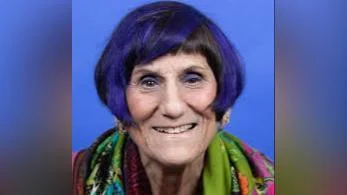Peter Salovey President | Yale University
Peter Salovey President | Yale University
A team led by Yale physicist Eduardo H. da Silva Neto has provided strong evidence for a new type of superconducting material, potentially paving the way for novel methods of achieving superconductivity—electric current flow without energy loss. This discovery supports a theory that superconductivity could be based on electronic nematicity, where particles break their rotational symmetry.
In iron selenide crystals mixed with sulfur, at lower temperatures, electrons may enter a "nematic" phase and prefer moving in one direction. This fluctuation between directions is known as nematic fluctuation. Despite decades of attempts to prove superconductivity due to these fluctuations, success had been limited until now.
The study's findings were published in Nature Physics. Da Silva Neto stated, "We started on a hunch that there was something interesting happening in certain iron selenide materials mixed with sulfur, relating to the relationship between superconductivity and nematic fluctuations." He noted the advantage of these materials is their display of nematic order and superconductivity without magnetism's interference.
The research involved chilling iron-based materials to below 500 millikelvins over several days and using a scanning tunneling microscope (STM) to capture images of electron quantum states at the atomic level. The researchers identified a "superconducting gap," matching superconductivity caused by electronic nematicity.
Da Silva Neto explained the difficulty in proving this phenomenon: "This has been elusive to prove because you have to do the challenging STM measurements at very low temperatures to be able to measure the gap accurately." Future studies will explore questions about increasing sulfur content's effects on superconductivity.
This research effort was funded by the National Science Foundation as part of a Career Award grant to da Silva Neto’s lab, initially at the University of California, Davis, and now at Yale. Co-lead authors include Yale graduate students Pranab Kumar Nag and Kirsty Scott. Additional contributors are from Yale and other institutions such as the University of California, Davis; University of Minnesota; Universidade Federal de Goiás in Brazil; University of Campinas in Brazil; and Fairfield University.



 Alerts Sign-up
Alerts Sign-up